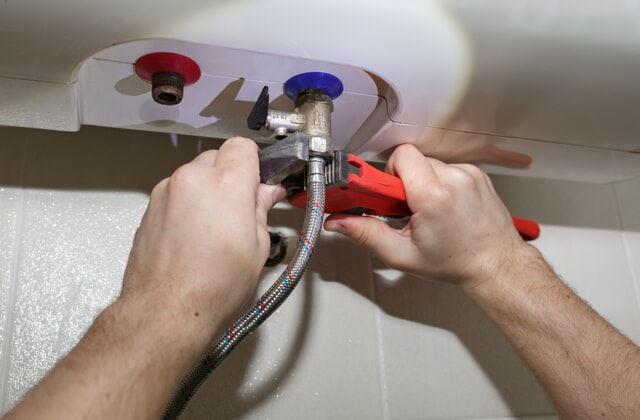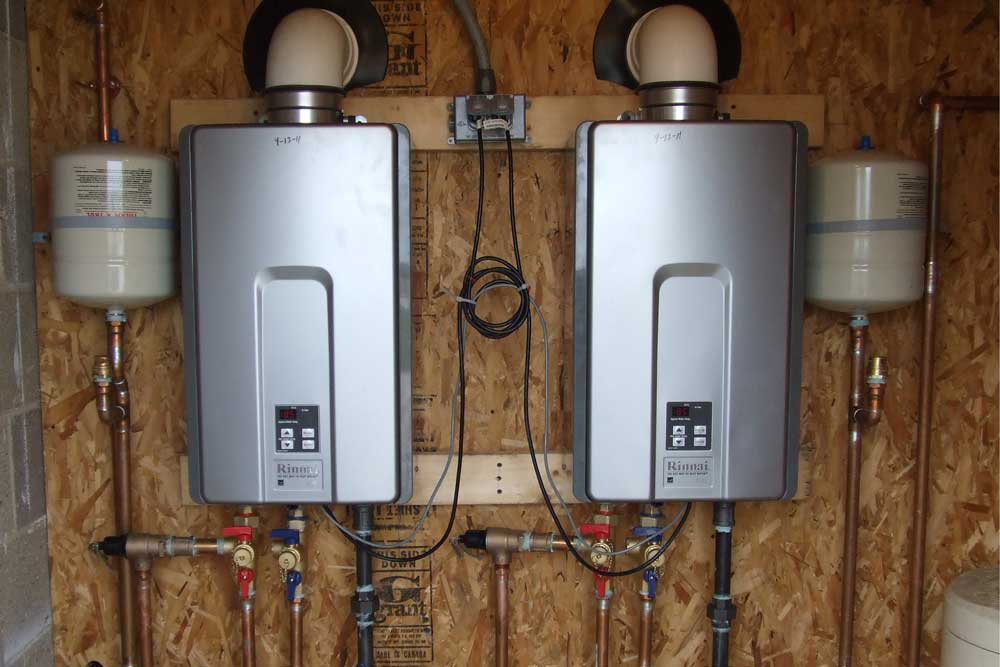Just how do you actually feel about Tips For Maintaining Your Hot Water Heater?

Warm water is necessary for everyday comfort, whether it's for a revitalizing shower or cleaning recipes. To guarantee your hot water system runs efficiently and lasts much longer, normal upkeep is crucial. This article provides useful suggestions and insights on how to keep your home's hot water system to prevent interruptions and costly repairs.
Introduction
Maintaining your home's hot water system could seem daunting, however with a couple of easy actions, you can ensure it runs smoothly for several years to come. This overview covers whatever from recognizing your warm water system to DIY maintenance ideas and knowing when to call specialist aid.
Value of Preserving Your Warm Water System
Routine upkeep not just prolongs the life expectancy of your hot water system however also ensures it runs effectively. Ignoring maintenance can cause decreased performance, greater power costs, and also premature failing of the system.
Indicators Your Warm Water System Needs Upkeep
Knowing when your warm water system needs attention can prevent major problems. Keep an eye out for signs such as inconsistent water temperature level, strange noises from the heating unit, or rusty water.
Comprehending Your Warm Water System
Prior to diving right into maintenance tasks, it's handy to understand the fundamental parts of your warm water system. Typically, this includes the water heater itself, pipes, anode poles, and temperature level controls.
Monthly Maintenance Tasks
Routine month-to-month checks can help catch minor problems prior to they rise.
Purging the Hot Water Heater
Flushing your hot water heater removes sediment accumulation, boosting effectiveness and lengthening its life.
Checking and Changing Anode Rods
Anode poles avoid rust inside the tank. Checking and replacing them when worn is critical.
Evaluating and Adjusting Temperature Level Setups
Adjusting the temperature setups ensures ideal efficiency and safety and security.
DIY Tips for Maintenance
You can execute numerous upkeep tasks yourself to maintain your warm water system in top condition.
Looking for Leakages
Consistently inspect pipes and links for leakages, as these can bring about water damage and higher expenses.
Checking Stress Alleviation Valves
Examining the pressure relief valve ensures it works appropriately and prevents excessive stress build-up.
Insulating Pipes
Protecting warm water pipelines minimizes warm loss and can save energy.
When to Call an Expert
While DIY upkeep is advantageous, some issues need specialist proficiency.
Complex Issues Needing Specialist Help
Instances consist of significant leakages, electric problems, or if your water heater is regularly underperforming.
Routine Professional Maintenance Advantages
Professional maintenance can consist of complete assessments, tune-ups, and guaranteeing conformity with security requirements.
Final thought
Regular maintenance of your home's warm water system is necessary for performance, durability, and expense financial savings. By adhering to these ideas and understanding when to seek professional aid, you can make certain a reputable supply of hot water without unexpected disturbances.
How to Maintain an Instant Hot Water Heater
- Before tinkering with your hot water heater, make sure that it’s not powered on. You also have to turn off the main circuit breaker and shut off the main gas line to prevent accidents. Also turn off the water valves connected to your unit to prevent water from flowing into and out of the appliance.
- 2. When you’re done, you have to detach the purge valves’ caps. These look like the letter “T†and are situated on either side of the water valves. Doing so will release any pressure that has accumulated inside the valves while at the same time avoid hot water from shooting out and burning your skin.
- 3. When the purge valves’ caps are removed, you have to connect your hosing lines to the valves. Your unit should have come with three hoses but if it didn’t, you can purchase these things from any hardware or home repair shops. You can also get them from retail stores that sell water heating systems. Read the user’s manual and follow it to complete this task properly. When the hosing lines are connected, open the purge port’s valves.
- 4. You should never use harsh chemical cleaners or solutions when cleaning your unit. Make use of white vinegar instead. It should be undiluted and you’ll probably use about 2 gallons.
- 5. Now flush your water heater. This task should probably take about 40 minutes. We can’t give you specific directions for this because the procedure is carried out depending on the type, model and brand of your heater. With that being said, refer to the user’s manual.
- 6. When you’re done draining the unit, you have to turn off the purge port valves again. Remove the hosing lines that you earlier installed on each of the water valves. Put the valve caps (purge port) back in their respective places and be very careful so as not to damage the rubber discs that are found inside these caps.
- 7. Now that everything’s back in place, check your user’s manual again to find out how to reactivate your water heating system.
- 8. Once it is working, turn one of your hot water faucets on just to let air pass through the heater’s water supply pipes. Leave the tap on until water flows smoothly out of it.
https://www.orrplumbing.com/blog/2014/september/how-to-maintain-an-instant-hot-water-heater/

As a serious reader about Tips on Maintaining a Water Heater, I imagined sharing that piece of content was a good thing. Please set aside a second to share this blog posting if you enjoyed it. I take joy in your readership.
Visit Link
Comments on “Expert Tips for Caring for Your Home's Hot Water System”